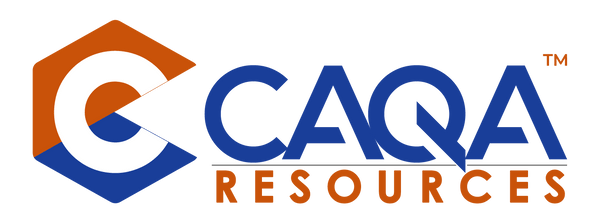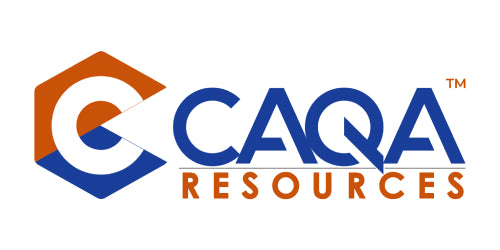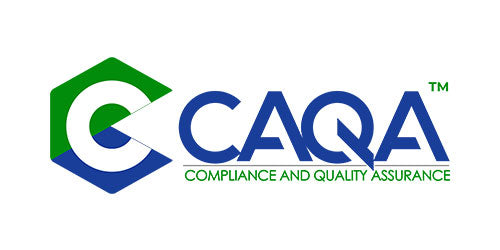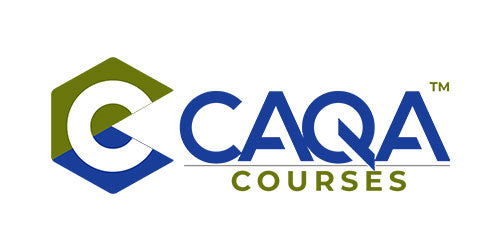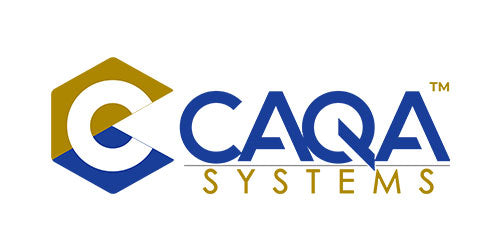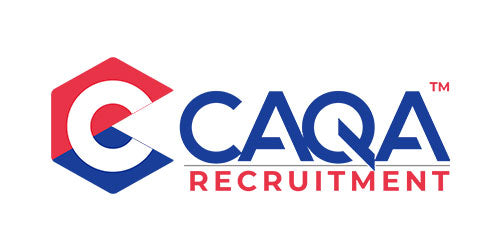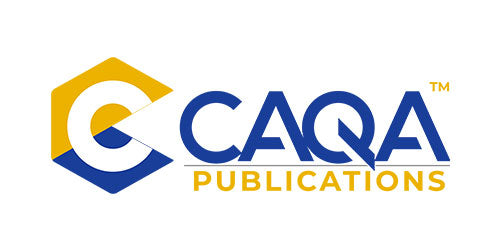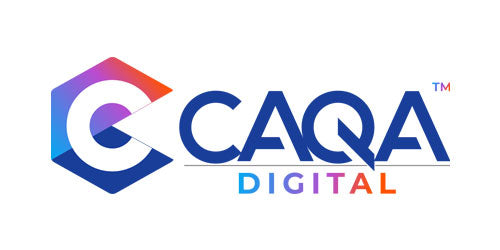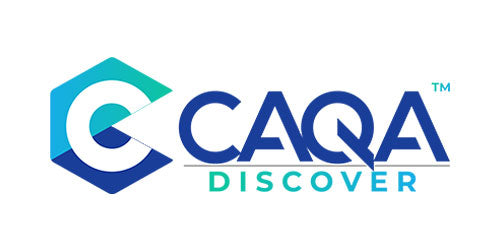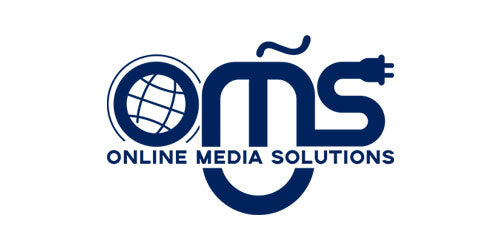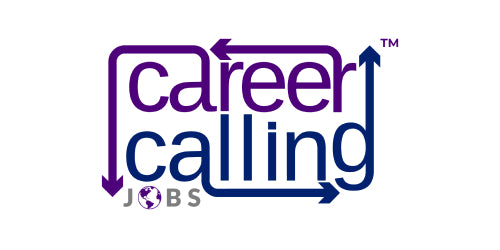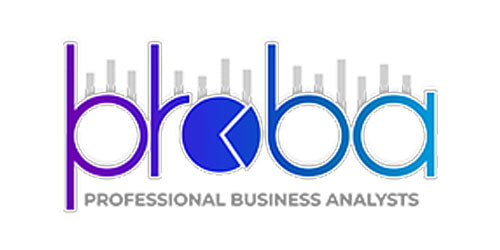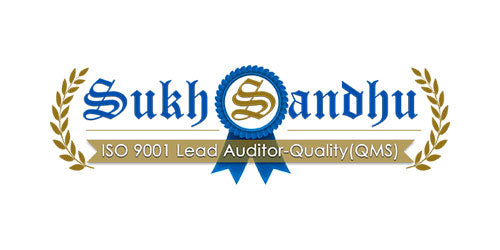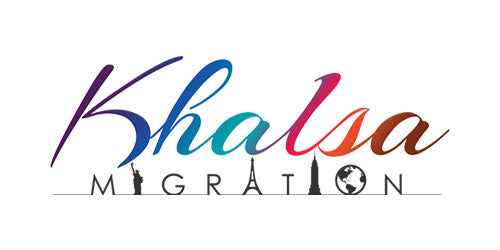The Dangerous Illusion of Progress in a Business Landscape Where 94% Claim Innovation, While Only 1% Actually Transform
In boardrooms across Australia, executives proudly proclaim their commitment to innovation, disruption, and forward thinking. Yet behind closed doors, the most powerful phrase in corporate culture continues its reign: "We've always done it this way." This simple statement, often delivered with unwavering confidence, has become the invisible barrier preventing genuine transformation and threatening the very survival of businesses in an increasingly competitive global landscape. The gap between innovation rhetoric and reality has never been wider, creating a dangerous illusion that masks a crisis of institutional inertia.
THE HOLLOW PROMISE OF CORPORATE INNOVATION
Australia's boardrooms have mastered the art of innovation theatre. Impressive statistics reveal that 94% of Australian executives proudly claim innovation as a strategic priority, positioning it as central to their corporate identity and future plans. Yet this claim collapses under scrutiny – only 6% of these same companies report that innovation meaningfully influences their day-to-day operations or decision-making processes. Even more troubling, just 1% are actively piloting new business models or technologies at meaningful scale. This represents one of the most significant disconnects in modern business: the chasm between innovation rhetoric and operational reality.
This hollow promise manifests daily in meetings where new ideas are enthusiastically welcomed in principle but subtly suffocated in practice. The subtle psychological operation plays out repeatedly – companies invest heavily in innovation theatre through hackathons, brainstorming sessions, ideation workshops, and innovation awards. Yet these activities rarely translate into tangible business change or measurable outcomes. Instead, they serve primarily as window dressing, allowing organisations to project an image of progressiveness while maintaining the safety of established patterns.
The consequences extend beyond mere inconsistency. Australia's productivity growth has plummeted to its lowest rate in 60 years, with business model rigidity cited as a primary factor. In global comparisons, Australia now ranks just 22nd in the Global Innovation Index, falling behind numerous economies of similar or smaller size. This decline in relative innovation performance comes despite abundant natural resources, world-class educational institutions, and a wealthy consumer base – advantages that should position the nation as an innovation leader rather than a laggard.
THE PERCEPTION GAP: LEADERSHIP BLINDNESS
Perhaps most concerning is the profound disconnect between how leaders perceive their organisations and the reality experienced by their teams. While 81% of leaders confidently believe their companies are genuinely open to new ideas, only 23% of employees share this view – a 58-point perception gap that represents one of the most significant blind spots in corporate leadership today. This discrepancy highlights a fundamental truth: many executives have created an echo chamber that reinforces their preferred narrative while remaining disconnected from frontline realities.
This leadership blindness manifests in subtle but destructive ways. In meetings, leaders genuinely believe they're fostering open dialogue while unconsciously signalling which ideas align with existing paradigms and which represent unwelcome disruption. Executives confidently assert the organisation's appetite for risk while simultaneously maintaining incentive structures that punish failure and reward predictability. They proudly highlight isolated examples of incremental improvement as evidence of transformation while systematically avoiding the fundamental changes that true innovation demands.
The human cost of this perception gap is substantial. Employees quickly learn the unwritten rules that govern which ideas can be safely expressed and which should remain unspoken. They witness the fate of colleagues who challenge established thinking, not through formal punishment, but through subtle marginalisation that sends a powerful message throughout the organisation. The result is a culture where surface-level conformity masks deeper disengagement, with 73% of employees reporting that their organisation focuses more on avoiding mistakes than learning from them – the exact opposite of an innovation culture.
THE FINANCIAL TOLL OF INSTITUTIONAL INERTIA
Beyond cultural and productivity impacts, Australia's innovation stalemate carries an increasingly heavy financial burden. Companies that fail to meaningfully evolve their business models face grim statistics: they are twice as likely to experience declining revenues and three times more likely to lose significant market share to disruptors than their more adaptive counterparts. This pattern has accelerated in recent years, with market disruption cycles shortening across industries and new entrants requiring less capital to challenge established players.
The resource allocation patterns tell a revealing story about innovation priorities. While global innovation leaders typically dedicate 15-20% of annual budgets to research and development activities, the average Australian firm allocates less than 2% of revenue to innovation. Even more telling, only 9% have established formal processes for capturing, evaluating, and scaling new ideas, suggesting that even this limited investment lacks the structural support needed to generate meaningful returns.
The talent implications compound these financial challenges. In a competitive labour market, 56% of high-potential employees indicate they would leave their current position for a company with a more innovative culture. For younger workers, this preference is even more pronounced, with 72% of Gen Z professionals citing "opportunities to try new approaches" as a top career priority. Organisations perceived as resistant to change face a double penalty – losing their most creative talent while simultaneously becoming less attractive to the next generation of innovators, creating a downward spiral of diminishing innovative capacity.
THE PSYCHOLOGICAL FOUNDATIONS OF RESISTANCE
Understanding why "we've always done it this way" persists requires examining the psychological underpinnings of organisational resistance. Fear stands as the dominant emotion driving innovation aversion, with 87% of organisations citing "fear of failure" and "risk to current business" as the primary barriers to trying new approaches. This fear manifests not as rational risk assessment but as loss aversion – the well-documented psychological tendency to overweight potential losses compared to equivalent gains, leading to systematically conservative decision-making.
Comfort with routine provides another powerful barrier to change. Established processes create cognitive efficiency, allowing employees and leaders to operate in a state of relative autopilot rather than the more cognitively demanding mode of active experimentation. This preference for cognitive comfort becomes self-reinforcing over time, as organisations build systems, hierarchies, and reward structures that optimise for maintaining current operations rather than exploring alternatives.
The social dynamics of organisational life further entrench resistance. Proposing new approaches inherently challenges the wisdom of those who established or maintain current methods. This creates interpersonal risk that extends beyond business concerns, suggesting a change can be perceived not just as a process improvement but as an implicit criticism of those associated with existing approaches. In hierarchical organisations, this social risk becomes particularly acute when innovations might disrupt the authority patterns or expertise claims of senior leaders.
Together, these psychological forces create an environment where the path of least resistance invariably leads back to established approaches. Despite genuine intellectual understanding of innovation's importance, these deeper psychological currents consistently pull organisations toward the familiar shore of "the way we've always done it."
THE SECTOR-SPECIFIC MANIFESTATIONS
Innovation resistance manifests differently across sectors, with some industries particularly vulnerable to institutional inertia. The financial services sector demonstrates a particularly strong attachment to legacy approaches, with 89% of Australian financial institutions acknowledging significant technology debt and operational inefficiencies, yet only 7% actively redesigning core business processes. Manufacturing shows similar patterns, with 76% of firms continuing production methods largely unchanged for a decade or more despite available technological advances.
The public sector faces unique challenges, with 83% of government departments reporting that regulatory frameworks and approval processes directly constrain their ability to implement innovative approaches. Healthcare organisations cite similar structural barriers, with 71% identifying funding models and regulatory compliance as primary innovation obstacles. These sector-specific patterns suggest that while "we've always done it this way" represents a universal challenge, its specific manifestations and barriers vary significantly across contexts.
Education and training sectors demonstrate particularly troubling resistance patterns given their role in workforce development. Australia's vocational education and training system, despite serving over 4.5 million annual enrollments, struggles with curriculum innovations and industry alignment. Only 12% of Australian companies have fully integrated digital skills development into their workforce planning, despite widespread acknowledgment of growing digital skill requirements. This creates a dangerous feedback loop where educational institutions and employers mutually reinforce outdated approaches, leaving workers unprepared for evolving workplace demands.
THE INNOVATION FAÇADE: TALKING VERSUS DOING
A particularly insidious form of innovation resistance comes disguised as its opposite. Many organisations have developed sophisticated innovation façades – external-facing communications, programs, and initiatives that signal innovative intent while obscuring the reality of internal resistance. This creates a situation where sincere transformation efforts can be inadvertently undermined by the very programs designed to promote them.
The façade typically includes visible but ultimately inconsequential innovation activities. Companies invest in innovation labs physically separated from core operations, ensuring new thinking remains safely quarantined from daily business. They host periodic innovation challenges or hackathons that generate excitement but rarely translate into implemented solutions. They create innovation committees that discuss transformation conceptually while lacking the authority to drive actual change. These activities allow organisations to present an innovative face externally while maintaining internal continuity.
Some organisations take the façade further, appointing innovation executives with impressive titles but limited influence over core business decisions. These roles become symbolic rather than operational, allowing the organisation to highlight commitment to innovation in external communications while ensuring traditional decision-makers maintain control over fundamental business approaches. In the most cynical cases, innovation programs become deliberate distractions, channelling creative energy into contained initiatives that pose no threat to established power structures or business models.
The danger of the innovation façade extends beyond immediate deception. Over time, it creates organisational cynicism, as employees recognise the gap between innovation rhetoric and practice. This cynicism ultimately undermines genuine transformation efforts, as even legitimate initiatives become tainted by association with previous false starts. The façade thus not only fails to drive current innovation but creates barriers that make future innovation increasingly difficult.
BREAKING THE CYCLE: PATHWAYS TO AUTHENTIC TRANSFORMATION
Despite these entrenched patterns, some Australian organisations have successfully broken free from the "we've always done it this way" syndrome, providing instructive examples for others seeking genuine transformation. Their experiences suggest several critical elements for overcoming institutional inertia, beginning with leadership commitment that extends beyond rhetoric to personal behaviour change. Leaders who successfully drive innovation demonstrate a consistent willingness to question their own assumptions, embrace calculated risks, and publicly acknowledge when traditional approaches fail to deliver optimal results.
Structural changes provide essential support for evolving mindsets. Organisations that successfully innovate establish clear processes for idea generation, evaluation, and implementation – moving beyond abstract innovation commitments to specific mechanisms for translating concepts into action. They align incentives with innovation objectives, ensuring that performance management systems and career advancement pathways reward appropriate risk-taking and experimentation rather than merely safe execution of established playbooks.
Resource allocation serves as a crucial litmus test for innovation commitment. Organisations breaking the cycle dedicate meaningful budgets specifically for experimentation and new business model development, typically 5-15% of overall resources, depending on industry dynamics and competitive position. They protect these allocations during budgetary pressure, recognising that innovation becomes most critical precisely when business conditions become challenging.
Perhaps most fundamentally, organisations transcending the "we've always done it this way" mindset establish psychological safety as a non-negotiable cultural element. They actively encourage constructive dissent, celebrate well-designed experiments regardless of outcome, and practice genuine curiosity about alternative approaches. This safety enables the honest conversations and calculated risk-taking that meaningful innovation requires.
THE ECONOMIC IMPERATIVE: BEYOND INDIVIDUAL ORGANIZATIONS
Australia's innovation stalemate carries implications extending far beyond individual corporations to the nation's economic resilience and competitive position. With productivity growth stalled at 0.7% annually – the lowest rate in six decades – and competitive position declining across multiple industries, the collective impact of organisational resistance to change threatens long-term prosperity. This creates an imperative for system-level interventions beyond individual organisational change efforts.
Education systems require fundamental recalibration to meet evolving workforce demands. While the nation maintains a Skills Priority List identifying 456 in-demand professions, most educational institutions struggle to rapidly adapt curriculum and training approaches to emerging needs. Partnerships between industry and educational providers remain ad hoc rather than systematic, creating persistent gaps between graduate capabilities and employer requirements. Addressing these gaps requires reimagining how education and industry collaborate, with continuous skill development replacing point-in-time qualifications as the dominant educational paradigm.
Regulatory frameworks similarly require evolution to enable rather than constrain innovation. Australia's regulatory environment frequently positions itself as maintaining standards and minimising risk, worthy objectives that nevertheless must be balanced against the equally important goal of enabling productive innovation. Regulatory approaches focused on outcomes rather than prescriptive processes could maintain necessary protections while creating space for beneficial experimentation and business model evolution.
Broader cultural narratives about innovation and risk-taking also influence organisational behaviour. Australia's cultural relationship with entrepreneurial failure remains ambivalent at best, with business setbacks often framed as personal failings rather than necessary steps in innovation journeys. Shifting these narratives requires consistent reinforcement of alternative perspectives that normalise productive experimentation and frame calculated risk-taking as essential for progress rather than irresponsible deviation from prudent management.
THE PATH FORWARD: FROM RHETORIC TO REALITY
Transforming Australia's innovation landscape requires moving beyond abstract aspirations to concrete actions that challenge the "we've always done it this way" mindset. At the organisational level, this begins with honest self-assessment – measuring not just innovation intent but innovation impact through metrics that capture genuine business transformation rather than innovation theatre activities. Organisations must critically examine the gap between their innovation rhetoric and operational reality, acknowledging where resistance patterns undermine stated transformation objectives.
Leadership development represents another critical intervention point. Current and emerging leaders require specific capabilities to navigate the tension between operational excellence and innovation imperatives. These include comfort with uncertainty, willingness to challenge established approaches, skill in managing the human dimensions of change, and ability to build psychological safety amid transformation. Organisations that successfully innovate invest deliberately in these leadership capabilities, recognising that traditional management approaches often reinforce rather than challenge established patterns.
The external perspective provides essential stimulus for internal change. Organisations breaking free from "we've always done it this way" actively seek outside viewpoints through customer immersion, cross-industry exposure, and engagement with startups and academic partners. These external inputs help challenge internally reinforced assumptions and introduce alternative approaches that might otherwise remain invisible within organisational echo chambers.
Perhaps most fundamentally, organisations must develop balanced scorecards that give innovation outcomes equal weight with traditional performance metrics. When innovation activities remain subordinate to short-term operational targets, they inevitably receive diminished attention and resources. By contrast, organisations that elevate innovation to equal status with other business imperatives create the conditions where challenging "the way we've always done it" becomes not just acceptable but expected.
CONCLUSION: THE CHOICE BETWEEN COMFORT AND SURVIVAL
Australia's business landscape stands at a critical inflection point. The comfortable familiarity of "we've always done it this way" offers a seductive illusion of safety in a rapidly evolving competitive environment. Yet this comfort comes at an escalating cost – declining productivity, eroding competitive position, talent migration, and heightened vulnerability to disruption. The choice between comfortable stagnation and sometimes uncomfortable transformation increasingly becomes a choice between short-term stability and long-term survival.
The most troubling aspect of this choice is that many organisations remain unaware they're making it. The innovation façade creates a dangerous illusion of progress, allowing leaders to believe they're embracing change while actually reinforcing established patterns. This self-deception represents perhaps the greatest threat, not the conscious rejection of innovation, but the unconscious substitution of innovation theatre for genuine transformation.
Breaking free from "we've always done it this way" requires more than incremental adjustment. It demands a fundamental reassessment of how organisations operate, how leaders lead, how resources are allocated, and how success is measured. Organisations willing to undertake this reassessment face disruption and discomfort but also opportunity – the chance to build truly adaptive capabilities that enable sustained relevance in an increasingly dynamic environment.
The alternative – continuing the pattern of innovation rhetoric without substantive change – offers declining returns and increasing vulnerability. In a global economy where competitive advantage shifts rapidly and technological change accelerates, organisational inertia becomes an existential threat rather than merely a management challenge. For Australian businesses, the choice becomes stark: evolve deliberately or risk becoming cautionary tales of organisations that maintained their traditional approaches right up until the moment those approaches became obsolete.









